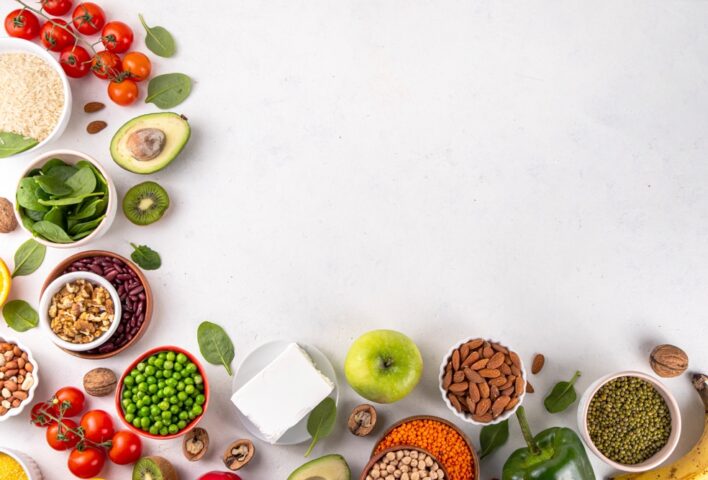Ask the Dietitian: Fibre
Registered dietitian Rachael Hunter takes a closer look at fibre, its role in our bodies and how to boost it in your diet.

You might not have given fibre much thought recently beyond your bowl of bran flakes or your internet connection. If that feels familiar, you’re not alone. While we are advised to have 30g of fibre a day, in the UK adults are only managing around 16g a day on average. So how, and why should we try and eat more fibre?
Most of us may already link fibre with our guts and bowel movements. Having enough fibre can help to keep us ‘regular’, and can improve our gut microbiome. However, the positive role fibre plays can also reach beyond this part of our body, as it is also thought to improve immunity and reduce the risk of chronic diseases such as type 2 diabetes, cardiovascular disease and bowel cancer.
Fibre can be categorised into soluble, insoluble, resistant starch and prebiotics, depending on the different properties it posseses. However, for most of us, simply focusing on fibre as a whole will provide health benefits. Food labels will often state how much fibre is in a product per 100g or per serving. As a guide, 6g of fibre per 100g is considered high. It can be helpful to compare labels on foods you eat regularly, such as breads and breakfast cereals, as there may be a simple swap you can make to boost your fibre intake.
Initially, it may be difficult to spot the high fibre choices. A starting point can be to look for ‘brown’ carbohydrates such as brown bread, brown rice, brown pasta and breakfast cereals that are whole-wheat. Beyond this, things like porridge oats, beans, pulses, legumes, most vegetables, nuts, and dried fruit are all good sources. As the list expands, we can see that a balanced vegetarian diet is likely to have a number of good fibre sources!
Here are a few tips to help boost fibre:
- Leave skins on fruits and vegetables.
- Experiment with wholemeal flours when baking. Even adding a third of wholemeal flour will add some extra fibre.
- Add some nuts or seeds to your breakfast cereal.
- Always have vegetables with a main meal.
- Make sure you drink enough fluid so that fibre can do its job. Part of its work is to pull water into your bowel so it is important not to get dehydrated.
Finally, when increasing fibre in the diet it is good to do so gradually. Sudden, large increases in fibre can lead to bloating and gas which can be uncomfortable. It is also good to listen to your body as different people will have a different tolerance level for fibre. If you notice that you struggle to tolerate above a certain level, particularly if you have a condition such as irritable bowel syndrome, it is good to listen to this and allow your body time to adjust.
Remember, you can always ask your GP to refer you to see a dietitian for tailored information around fibre levels for your body and symptoms you might be experiencing.
